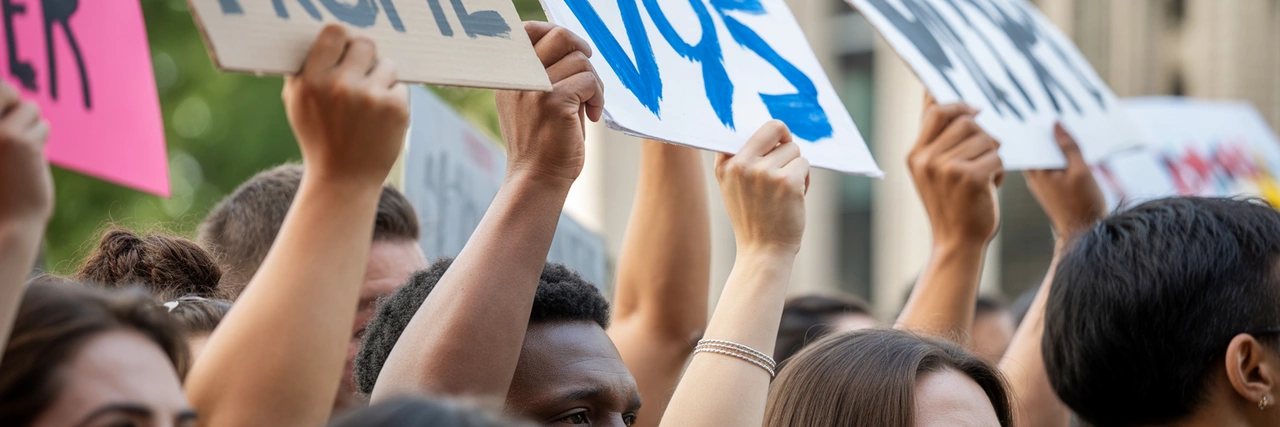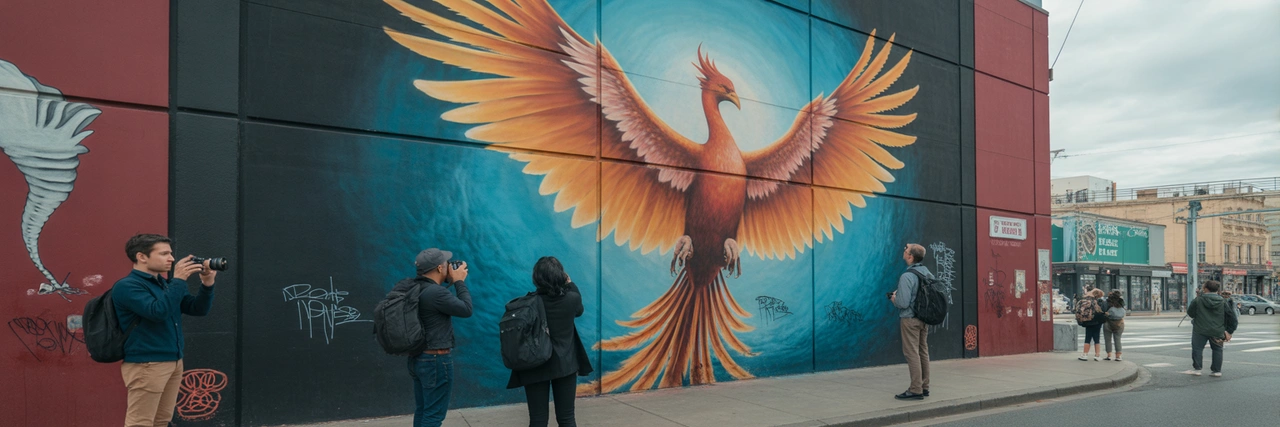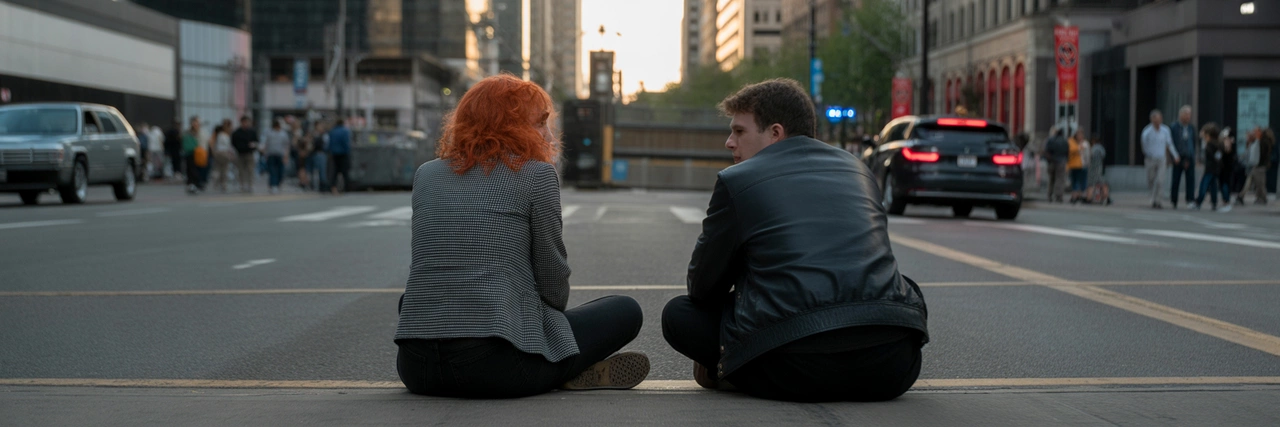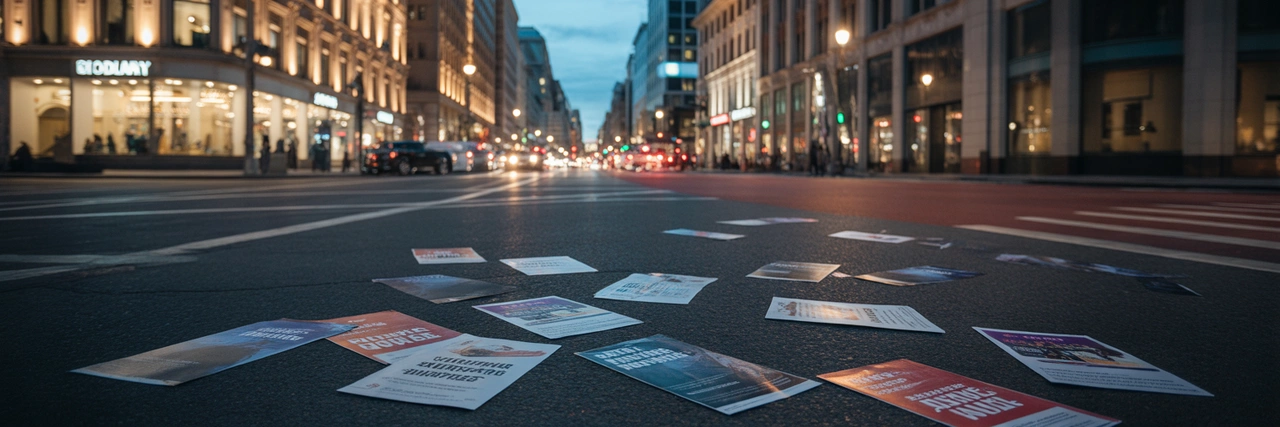The New Streets of Protest: How 2025 Is Shaping Voices of Change
This year, the streets are alive again with voices demanding change — from climate justice in European capitals to calls for democracy in distant cities. Watching these movements unfold, I’m struck by how protest culture has evolved: it’s no longer just chants and marches but a complex choreography of digital mobilization, artful expression, and relentless persistence. The old spirit of rebellion blends with new tools, creating a restless, hopeful energy.

What fascinates me is how art has become inseparable from protest. Murals, street performances, and music turn public spaces into living galleries of resistance. This fusion of creativity and conviction feels personal — a way to speak beyond slogans, connecting hearts and minds. It reminds me why art matters: not just as decoration but as a force that shapes social consciousness.

I don’t claim to be an expert in politics, but as an observer and participant in this world of ideas, I notice something: behind every protest are stories — fears, hopes, and stubborn dreams of better days. It’s tempting to get lost in headlines, but the real pulse is in the quiet moments, the conversations on sidewalks, the tired smiles after long days of marching. This is where change lives, fragile but fierce.

As someone who lives late nights, I often reflect on what tomorrow’s dawn might bring. These movements, despite setbacks and noise, carry a deep human truth — that even in uncertainty, we strive for connection and justice. Watching this unfold, I feel part witness, part dreamer, hoping that the restless energy of 2025’s protests will lead to more than just noise, but lasting change.

Close